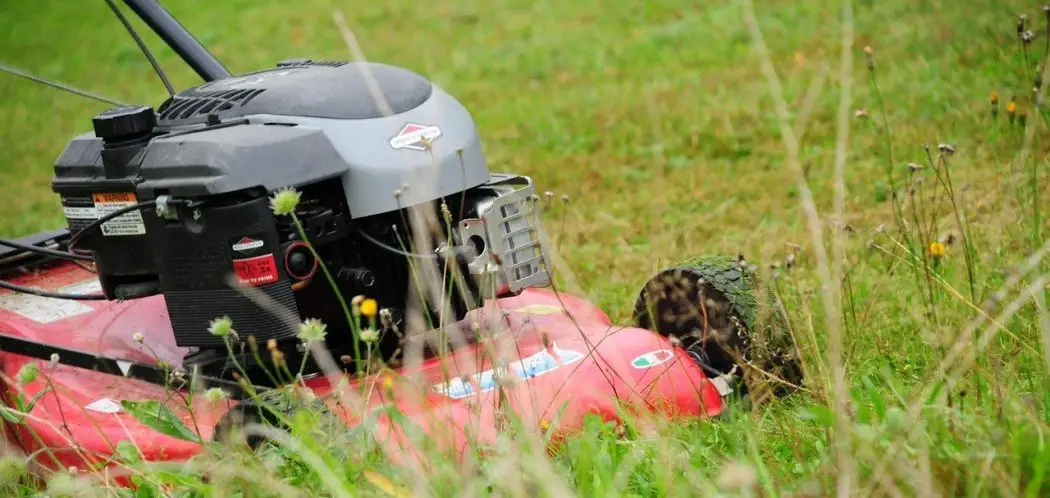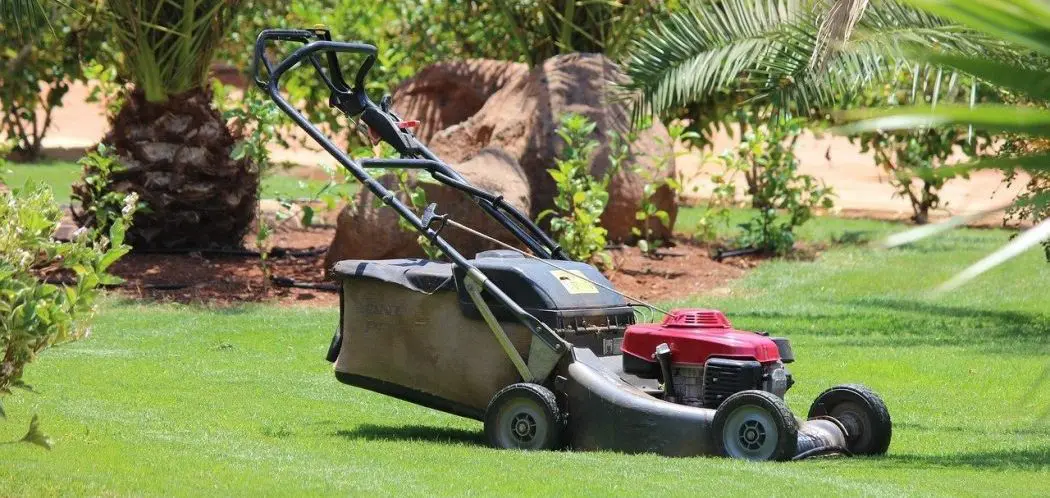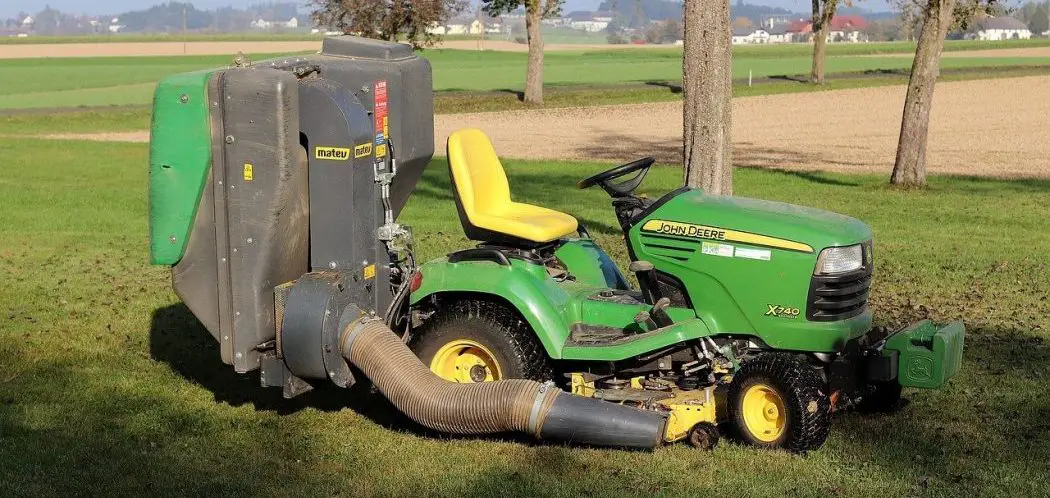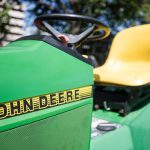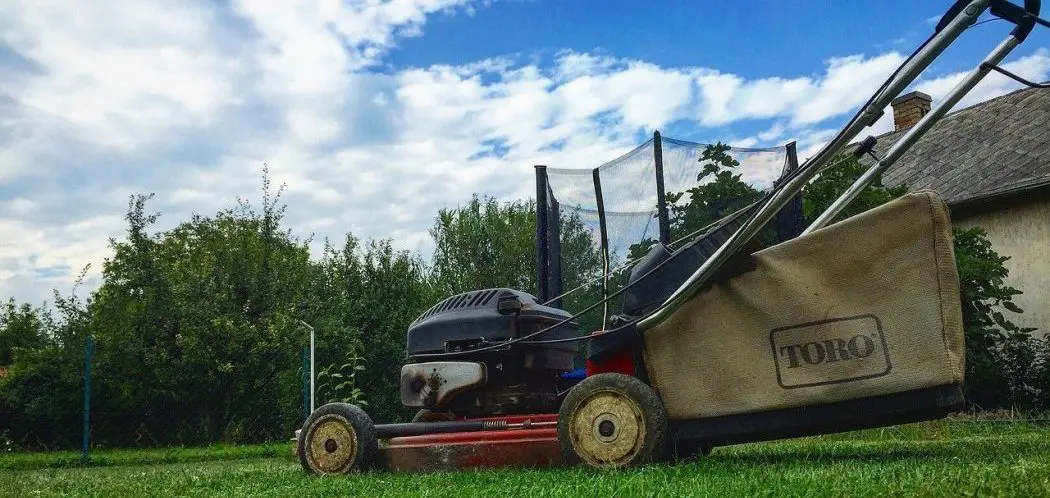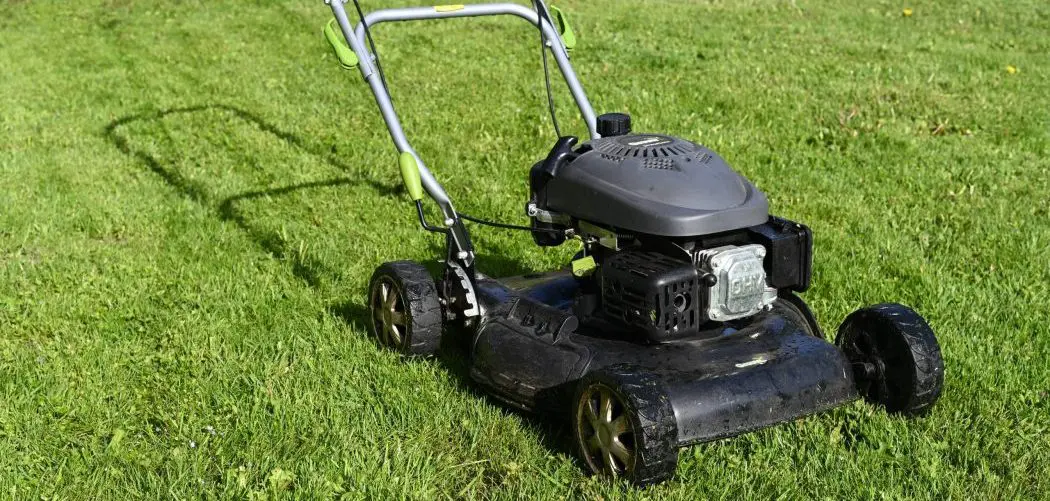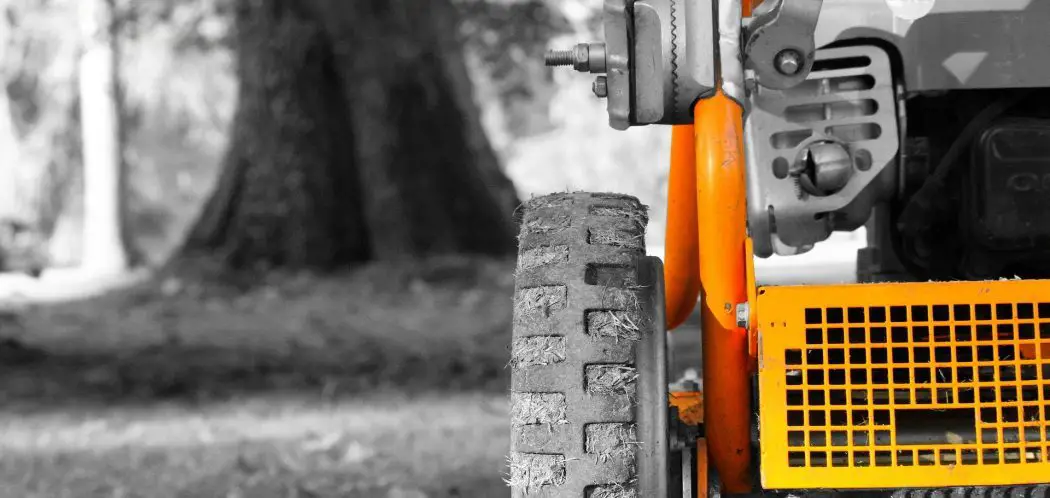When you’re looking at the horsepower for a small engine, such as that included on a lawn mower, HP simply refers to the amount of work it can do over time. When it comes to riding lawn mowers, the power is always rated as horsepower and not torque. Torque, on the other hand, is usually a better way to rate power on a push mower of some type.
A rider on a riding mower puts out power to multiple areas of the mower, whereas with a walk-behind mower, you only need enough power to turn the blades. A riding mower, by contrast, has to power the blades, wheels, transmission, and many other mechanical applications.
Horsepower varies a lot from one lawn mower to another. That being said, typically you can expect most lawn mower engines to produce between 3 and 40 horsepower. Larger riding mowers often have more than 20 horsepower, while small push mowers may only have around 4 horsepower.
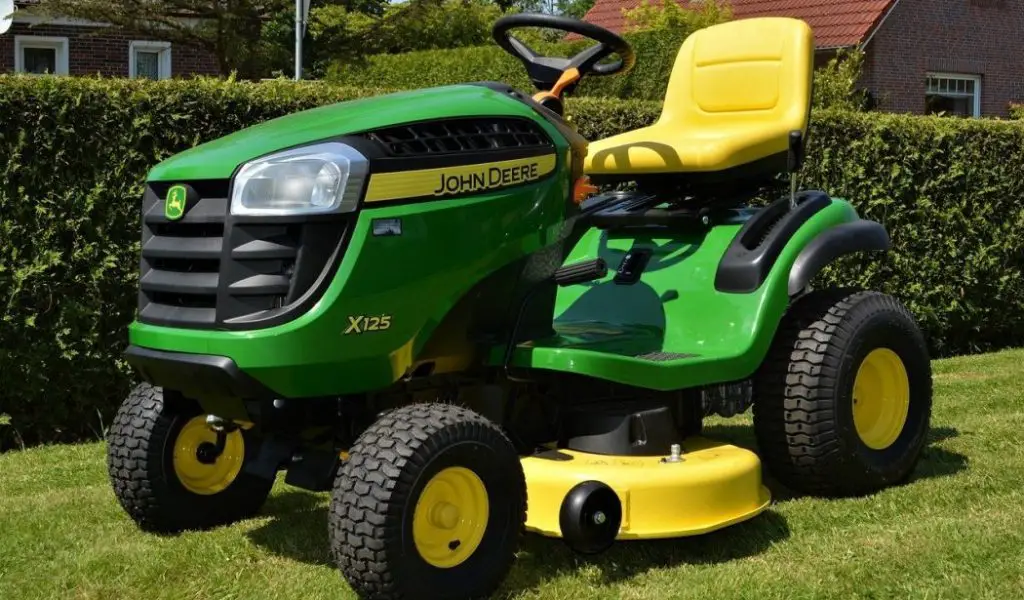
How Horsepower Is Measured
When you measure horsepower, you do it by calculating the amount of work done over a certain period of time. One horsepower equals 33,000 foot-pounds per minute. This means that 33,000 pounds of work can be done in one minute over one foot of distance.
Let’s say, for example, you have a riding lawn mower that is huge and weighs 66,000 pounds. If you were to push it one foot down your driveway and it takes you one minute to do this, the power that would be produced would be equivalent to two horsepower. It would equal zero horsepower if you couldn’t move it at all.
How HP Applies to a Lawn Mower
As mentioned earlier, power for push mowers is generally measured in torque, but riding lawn mowers still measure power in horsepower. If you’re trying to replace a push mower with a riding lawn mower, it can be difficult to do only because there is no accurate way to compare the two. That being said, you can get a general idea of how to compare horsepower to horsepower by following these steps:
- Multiply the torque rating of the lawn mower by the RPMs.
- Take that number and divide it by 5,250.
This is not exactly a scientific way to find out what your HP should be when you buy your next lawn mower, but it’s a good starting point.
Examples of HP for Different Lawn Mower Types
Since riding lawn mowers are the ones that state their power in HP instead of torque, we’re going to stick with this type of mower for now. But there are different types of riding lawn mowers and, therefore, the HP number can be different in every one of them.
As a general rule, it is recommended that if your yard is bigger than one-half acre, you should buy yourself a riding mower. Push mowers, even the self-propelled ones, will simply take you too long and be too difficult to cut this much grass. Riding lawn mowers make the job much easier and much less time-consuming.
The HP on riding lawn mowers usually ranges from 12.5 to 20.0, sometimes even higher. If your lawn is smaller or flatter, you can stick with a mower that is on the lower end of that range. But let’s say your yard is big, contains lots of thick grass, or is hilly and bumpy. In these instances, you should look for a riding lawn mower that has an HP number that is closer to the 20.0 number. It’s simple to figure out – the more challenging your yard is to mow, the higher the HP number should be when you choose your lawn mower.
Lawn Mower Design Factors That Affect HP
While the engine size and the size of the mower itself can affect the HP of a lawn mower, there are other factors that affect it much more. For instance, there are things you can do that directly affect the HP number on your lawn mower, so if you wish to add more power to your mower, you can do things such as:
- Check the governor flap next to the flywheel. If the engine spins too fast, the governor flap can blow out and close the carburetor slightly, which decreases the horsepower of the engine.
- Check the muffler. A cracked or damaged muffler, or one that isn’t properly sealed will cause you to lose horsepower.
- Use a higher-octane gas, which is better and will increase the horsepower of your lawn mower.
- Replace or clean the air filter regularly. Otherwise, it can reduce your horsepower.
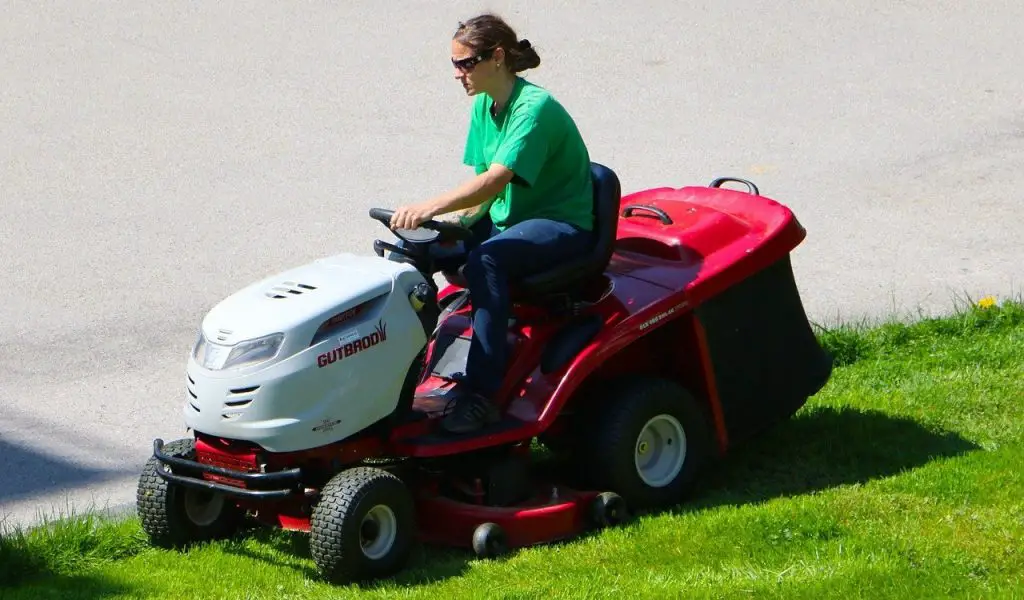
How Much Horsepower Does a Lawn Mower Need?
The more challenging your lawn is to mow, the more powerful your engine needs to be. Here are some basic guidelines for figuring out what type of motor you need in your riding mower:
- For lawns up to 3 acres: choose a lawn mower between 11 and 25 HP.
- For lawns 3 acres and larger: choose a lawn mower that is at least 19 HP; preferably 25 HP.
- For lawns that are flat: choose a lawn mower between 11 and 20 HP.
- For lawns that are uneven and/or hilly: choose a lawn mower that is 20 HP or higher.
- For wet and slippery grass: choose a lawn mower that is 19 to 25 HP.
- For rear-engine riding mowers (mowing tractors): choose a lawn mower that is 11 to 20 HP.
- For stand-on lawn mowers: choose one that is 15 to 20 HP (25-37 HP for a commercial lot).
- For zero-turn mowers: choose a lawn mower that is 19 to 37 HP.
By now, your head is likely spinning from all of these numbers, but there is no need to panic. As a general rule, residential yards need lawn mowers with between 11 and 25 HP, whereas a commercial lawn mower will need a number of between 25 and 37 HP. If you follow the recommendations listed here, you should be able to make the right decision in the end.
The Relationship Between Torque and Horsepower
For starters, torque is the capacity to do work. Power, on the other hand, is how quickly some strenuous task can be accomplished. If you want to think of these two terms on a mathematical basis, horsepower is equal to torque multiplied by RPM. This was explained a little earlier in more simplistic terms, but it is still not a difficult definition to understand. Here is the formula:
H (horsepower) = T (torque) x RPM (how fast the engine is spinning) / 5252 (a constant that makes all of the units work together).
Here is another way to think of it: if you want to add more power to an engine, you have to either generate more torque, operate at a higher RPM number, or both.

